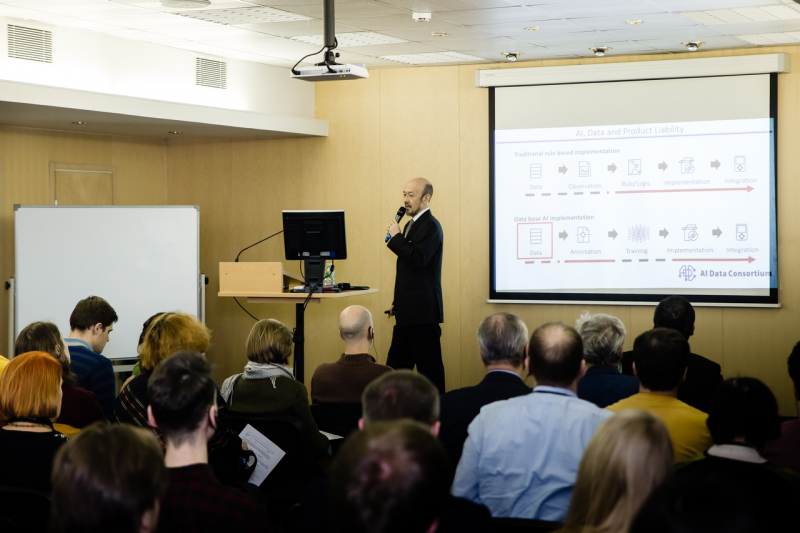The arrival of the Japanese expert in the field of digitalization and high technology Toshiyuki Zamma created a huge buzz in St. Petersburg. The conference hall of ITMO University’s Technopark on Birzhevaya Line was full to the brim: journalists, programmers, economists, startupers all came in flocks to listen about how the country the public conscious associates with robots and computers are trying to institute a next-gen society based on free exchange of data and integration of artificial intelligence in all spheres of life.
Mr. Zamma started by underlining that he wasn’t going to paint aт idealistic picture where every decision on the way of creating Society 5.0 was right, and every stage turned out to be successful.
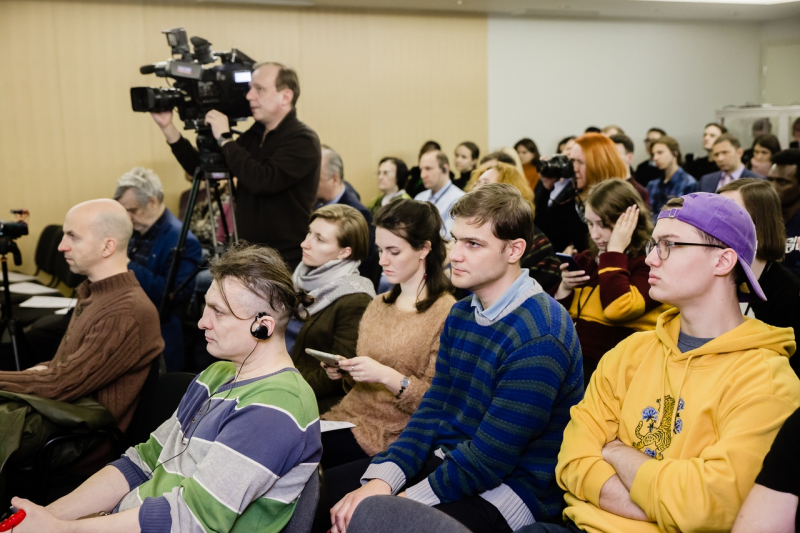
“Today, I want to speak about society 5.0, as well as the digital government in Japan: what is happening now, what we have already done and what we are planning to do in the future,” commenced the speaker. “To tell you the truth, I feel uncomfortable speaking only about our successes. Of course, we have made a lot of mistakes and sometimes reached a dead-end. I think that this is faced by every country out there, and this is why I would like to talk both about successful cases, and errors and failures. I am doing this because I can’t teach you how to achieve success in your life, but I can tell you about my mistakes and hope that this will allow you to avoid them.”
According to the expert, cloud technologies, the internet and crowdfunding are in widespread use in society 4.0, but a large number of services that we can get aren’t interconnected, which has to be rectified at the new stage of development. However, as Mr. Zamma straightaway pointed out, the changes have to impact not only, and sometimes not so much, the field of technologies but the very attitude to people.
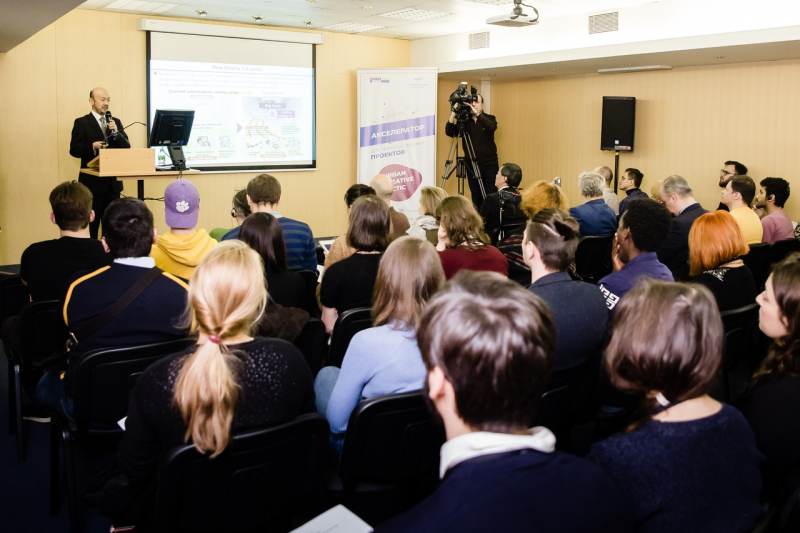
“A lot of projects have been made, devices developed, and data generated,” explained Toshiyuki Zamma. “In Japan, we have projects of driverless cars, we have developed a wide array of devices and services that use artificial intelligence. But our actual goal is to help people. While before we used to speak about the Internet of Things, now, I believe, we have to think about progressing onto the next stage, that of the Internet of People. I don’t mean that we’ll be going around attaching sensors to people’s bodies, I don’t like that idea; but I think that what should be in the center of our attention are people and how we could change their lives for the better.”
Super-cities: crime maps, smart transport, and big data
While the national level’s agenda is focusing on the implementation of the Society 5.0 project, the regional-level authorities are actively working on the creation of smart cities. For Japan, this isn’t just fixing motion sensors on street lamps for cutting energy costs or installing information displays on bus stops. The definition of a smart city implies the development of cutting-edge standards in the fields of architecture, global cooperation, and public-private partnerships.
“Within the framework of creating a super-city, we have identified a range of key factors: environmental responsibility, minimizing the use of cash by increasing the number of electronic payment options out there, using robotized means of transport, ensuring the availability of online learning. Last but not least, we are aware of Japan’s aging population, and hence it is necessary to pay more attention to social and medical services. And, of course, the city administration and government should also go digital,” added the expert.
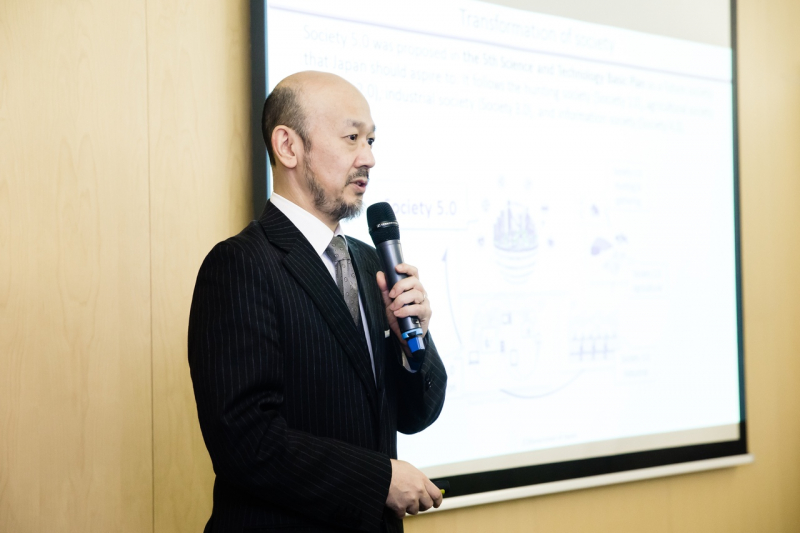
A smart city also implies garnering a large body of data and its appropriate use for the welfare of the people. For example, in some cities, you can see online maps for wheelchair users. On these maps, a blue line indicates a path on which a wheelchair user won’t encounter any obstacles and can move freely. The map also changes in real-time mode to provide information about fallen trees or road works. Functioning in the same way is the emergency navigation system for citizens and emergency services. Using similar algorithms during the 2012 earthquake, it was possible to plan optimal routes for ambulances and firefighters.
Several years ago, during a major snowfall in Tokyo, analogous systems of data collection and analysis allowed to identify weaknesses in the public transport system. The people, who wanted to reach their homes as fast as possible, amassed at the same stations, while other public transport stops were empty. Such data can be used for alerting the citizens and redistribution of passenger flow.
“Another app is related to processing road accidents data,” explained Toshiyuki Zamma. “We collect data on road accidents. For example, if a collision happens somewhere, we can go there and check that maybe a tree blocks the view or a road sign, maybe it needs to be cut down or its branches need to be trimmed a little? This is how we can prevent road accidents. In the same way, we garner information on crimes – we indicate the places on the map where thefts often happen, and other places where there are cases of window peeping. This information may seem unnecessary to some, but a young woman may not want to walk through these places, and you can tell your children about places that can be dangerous for them to avoid these.”
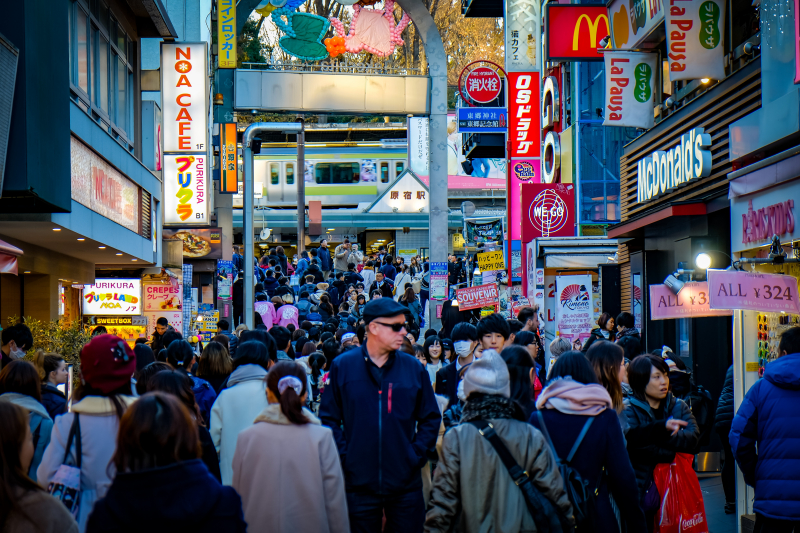
Government, bureaucracy, and digitalization
According to Toshiyuki Zamma, the modern government has two aspects: an organization that provides services and a platform that provides data and creates the basis for cooperation. The expert says that both functions are important, but first of all, it is necessary to think about the second one.
“In 2017, we thought we were approaching our goal but we were wrong,” explains the lecturer. “Only a small number of services were available online, and those that were available were not convenient to use. For example, to receive a service, you need to submit a paper certificate of registration, and we’ve received 146 million of such papers! This is a huge amount of wasted time and effort and it really hinders our progress. This is why the government decided to get rid of all this paperwork.”
This is how Japan started implementing the principle of a single window, when all the necessary paperwork can be done in one place. However, says Mr. Zamma, the problem of bureaucracy and paperwork still remains in the Land of the Rising Sun. Japanese engineers even invented a special robot for stamping.
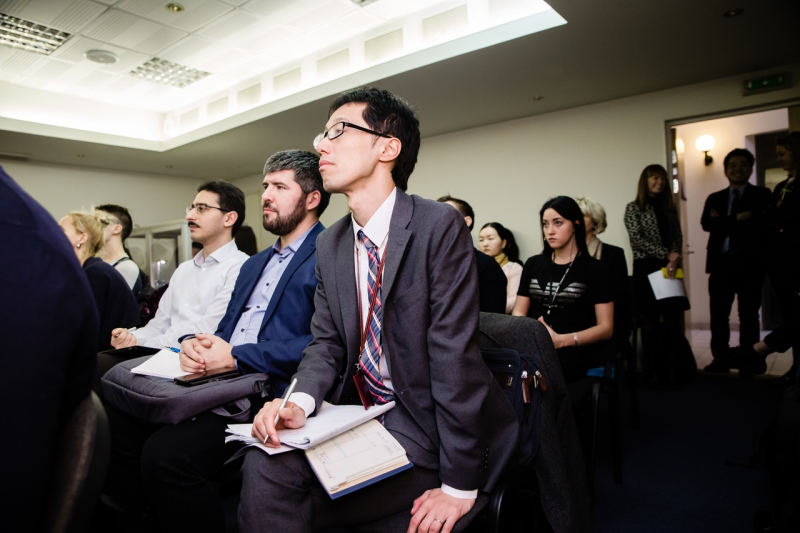
“For Japan, the issue of stamping is a real problem as we have to use stamps. You have to print out your documents, put a stamp on them, and then submit your papers to the needed structure. A month ago a video was made showing a printing robot. When I first saw this video, I thought it was a fake, but the development is real. At the same time, I was struck by how slow the device was; I think we all expected a robot to cope with such a task much faster,” says the speaker.
Also, according to the expert, there needs to be developed an approach to solve this problem.
“We hear a lot about pilot projects and never talk about what happens to them two years later; we just don’t know what’s next. Our CIO wants us to consistently create and implement technologies. You don’t need to implement all the new things at once, because if you make a mistake, it will be a disaster. But if you do everything step by step, then you are in control of the situation,” adds Toshiyuki Zamma.
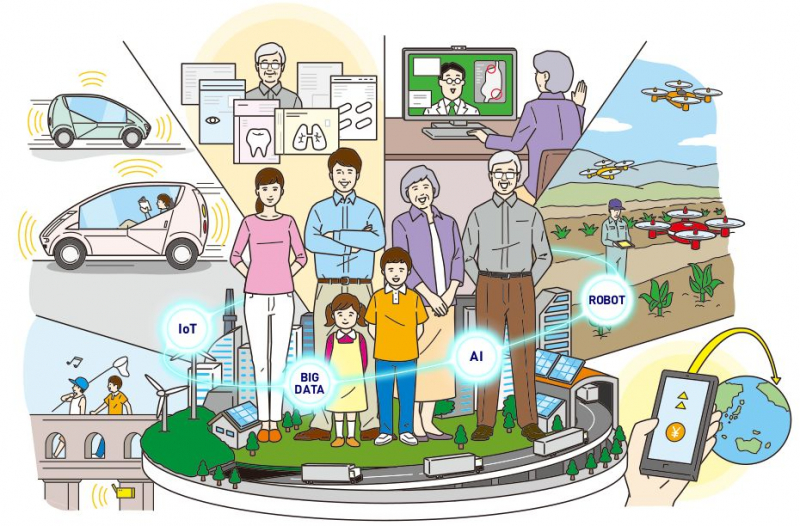
Sharing information
For all these technologies to work, it’s necessary to create the right atmosphere and infrastructure for information sharing. A certain standardization of data is need so that it would be convenient for different companies, services and public agencies to exchange it.
Speaking on this topic, Mr. Zamma also mentioned that digitalization is impossible in the framework of just one agency or city. Cooperation is integral to this process – both between countries and between smart cities all over the world.
“We have to change our thinking, there’s no point in losing your time on fears. Leaders have to be bold, and for this, we need to share about the problems we face. From my experience, I can say that problems that are characteristic to one country are also characteristic to another. We are all people, the problems that we have are universal. But it’s interesting that they can have different solutions for each country, company, and person,” concluded Mr. Zamma.
A look from Russia
After the lecture, ITMO.NEWS managed to check back with Alexander Kapitonov, dean of ITMO’s Faculty of Infocommunication Technologies, associate professor at the Faculty of Control Systems and Robotics, and research associate at the Adaptive and Nonlinear Control Systems Lab.
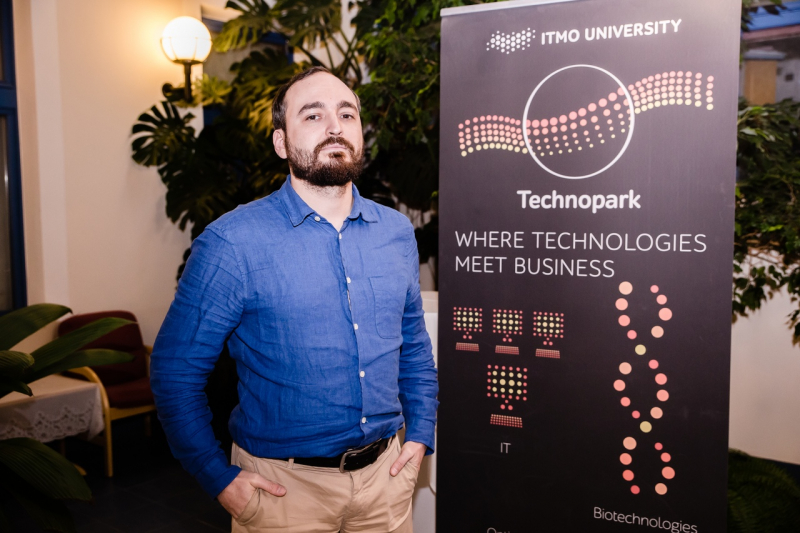
“In Russia, the smart city creation hubs are Moscow, St. Petersburg, Sochi. For the most part, these cities are at the stage of gathering information and merging it into a single structure. The identification of hidden connections and information processing has to take place at the next stage.”
But the expert believes that the creation of Society 5.0 is a worldwide trend that would impact many countries, Russia included, in the next decades.
“I think that if we’re speaking about the concept of Society 5.0, we have to consider that it’s a worldwide issue. Technologies are speeding up significantly, literally 15 years ago it was hard to imagine such an easy access to the internet as there is now. But this happens in the past ten years, and it changed our lives completely. I believe that in the next ten years, we’ll see a big step taken in this direction – channels for the collection of information will be organized, we’ll get a lot of data and learn to process it to the benefit of the optimization of transport, city services, citizens’ lives,” concluded Alexander Kapitonov.
